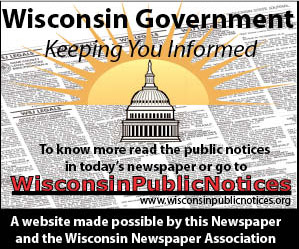By TONI LANDIS
First, some housekeeping: Hernando Colón (1488-1539), illegitimate son of Christopher Columbus, is the main subject of this book, and this is the Portuguese version of his name. However, you may be more familiar with the English version: Ferdinand Columbus. These two are one and the same.
Beginning in the early 1500s, Hernando Colón began rather obsessively collecting all manner of books, papers, prints, maps, music and even types of plant life. He sought out any kind of item that captured some element of both daily and academic life and could be deemed collectible. Next, he attempted classifying and cataloging all of it to form a library. He even dared to place “row upon row of books standing upright on their spines, stacked in this new vertical way in specially designed wooden cases.”
While there were established libraries going back to ancient times, many were intended for collections of the elite. Colón did not discriminate, gathering over 15,000 titles and 3,000 images before his death — monumental at the time. His items included “authors of no fame or reputation, flimsy pamphlets, ballads … designed for pasting on tavern walls, and … things that would have seemed just so much trash to his contemporaries.”
In another bold move — perhaps as a result of travels across the globe — Colón sought out books from both within and without Christendom. During a time when knowledge deemed worthwhile was only that which came directly from a Christian God, it was thought that one must be “dealing with the right god for true knowledge to be revealed — everything from other gods would simply be false revelation.” Therefore, his inclusion of every kind of language, subject, and religion further demonstrated his interest in amassing a collection reflective of the larger global society.
Now, imagine the questions plaguing one who aspires to organize such varied items: do you order by author’s last name, by the item’s size or height, by the language the item is written in, the topic, how about chronologically? Colón wrestled with these questions on a continuous basis, coming up with several ways to catalog and organize his vast collection. Yet, it becomes clear that his valuable assortment was not meant to be used by the public in the same way we view library use today. In fact, a crisscross pattern of metalwork “was designed to be large enough for readers to stick their hands through to turn the pages of books, which librarians would place in front of them on lecterns, but too small for them to pull the books back through.” No one was checking out his items!
These few paragraphs are a small sample of the interesting details revealed in this book. Readers also learn about Colón’s childhood spent under royal tutelage and his trip across the Atlantic with his father at just 13 years of age; the legacy of his father — one which Colón is largely credited for craftinginto something much more positive than it was and one that becomes part of an ongoing battle for recognition and recompense for most of his life; the detailed manner in which Colón preserved his collection and developed a modern-day card catalog of sorts; and the reason for the title of this book. The history and detail dovetail very well into “The Library Book” by Susan Orlean. Read both and see what you think!


